Urban Photography
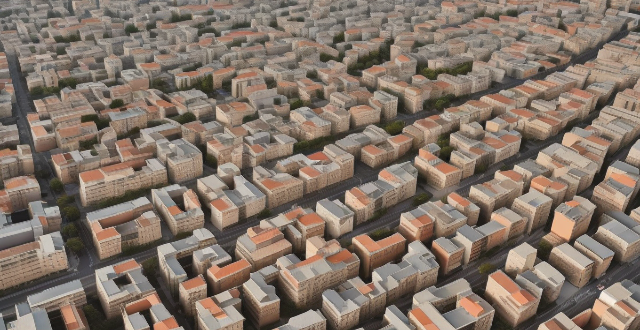
What are the top 10 cities for urban photography ?
The article provides a list of the top 10 cities for urban photography, each with its unique charm and photo opportunities. The cities include New York City, Tokyo, Paris, London, Hong Kong, Berlin, Istanbul, Chicago, Rio de Janeiro, and Melbourne. Each city is described in terms of its iconic landmarks, cultural diversity, natural beauty, historical contrasts, and architectural wonders. The article concludes that these cities offer a unique blend of urban elements that cater to various photography interests, making them ideal destinations for any urban photographer looking for their next great shot.
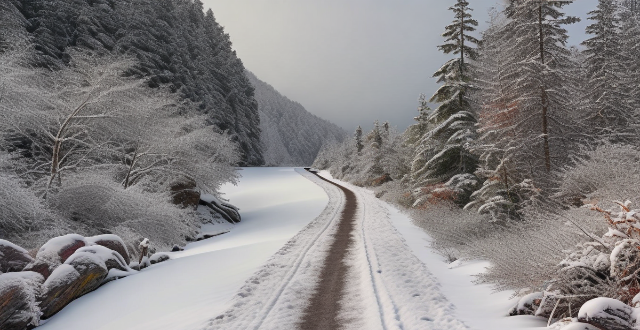
What are the best times of year to visit popular photography locations ?
This guide discusses the optimal times of year to visit popular photography locations, including Yosemite National Park, Antelope Canyon, and Banff National Park. It highlights the unique features and conditions that make each season ideal for capturing stunning images. By planning trips during these periods, photographers can take advantage of natural phenomena like blooming wildflowers, vibrant autumn foliage, striking light beams, and winter wonderlands to create unforgettable photographs. Factors such as weather patterns, crowd levels, and tour availability should also be considered when planning photography adventures.

How can I improve my mobile photography skills ?
In this guide, we've covered essential tips and strategies to enhance your mobile photography skills. By understanding camera settings, mastering composition techniques, experimenting with lighting, getting creative with perspectives, editing photos effectively, and practicing consistently, you can elevate your smartphone photography game. Remember, the key to improving lies in your willingness to learn, explore, and practice. With dedication and creativity, you can turn your mobile device into a powerful tool for capturing stunning visual stories.
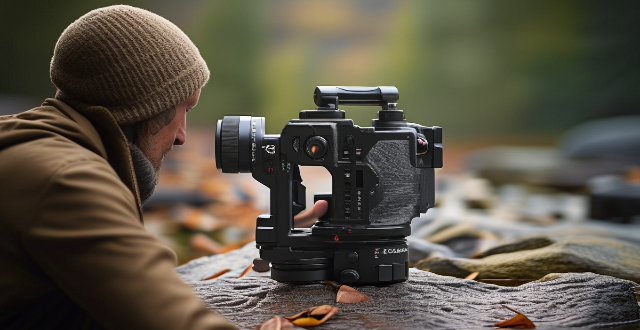
How do I choose the right camera gear for a specific travel photography destination ?
Choosing the right camera gear for a specific travel photography destination involves considering factors such as the purpose of your photography, type of destination, weight and portability, weather conditions, power sources, image quality needs, and budget. It is important to prioritize based on what features are most important to you and to remember that lenses often have more impact on image quality than the camera body itself. By taking these factors into account, you can choose the best camera setup to ensure that you capture the memories of your journey in stunning detail.

What are the trends in food photography for 2022 ?
Food photography has become an integral part of the culinary industry, with visually appealing images playing a crucial role in attracting customers and promoting food products. In 2022, several trends have emerged in food photography that are shaping the way we capture and present our favorite dishes. These trends include: 1\. Natural Lighting: Using natural light to create a more authentic and inviting atmosphere. 2\. Minimalist Compositions: Simplicity and elegance by showcasing only one or two key ingredients. 3\. Creative Angles and Perspectives: Adding depth and interest through unique viewpoints. 4\. Bold Colors and Contrasts: Visually striking images using vibrant hues and stark contrasts between light and dark. 5\. Storytelling through Images: Incorporating elements that tell a story about the dish or its origins. These trends emphasize authenticity, simplicity, creativity, boldness, and storytelling through images. As we continue to navigate through an ever-changing culinary landscape, these trends will undoubtedly shape how we capture and present our favorite dishes moving forward.
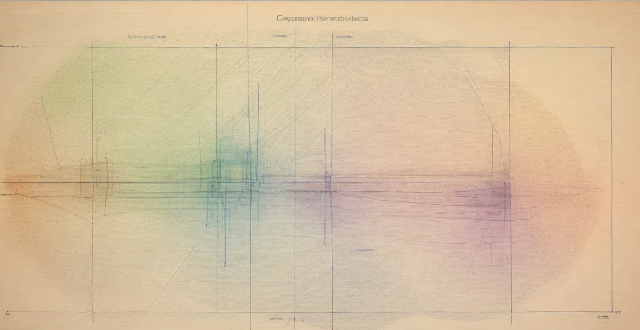
What are some creative composition techniques for iPhone photography ?
Creative composition techniques for iPhone photography include the rule of thirds, leading lines, symmetry and patterns, frame within a frame, filling the frame, rule of odds, negative space, motion blur, playing with perspective, and using color and contrast. These techniques help create more balanced and interesting photos, draw attention to the subject, and add visual interest. By incorporating these techniques into iPhone photography, stunning images can be captured that stand out from the crowd.

Can you suggest any apps to improve my iPhone photography skills ?
Apps to Improve iPhone Photography Skills Improving your iPhone photography skills requires practice, patience, and the right tools. Here are some apps that can help you take better photos with your iPhone: 1. Camera+ 2 - offers manual controls, advanced editing options, and creative shooting modes. 2. Halide - provides powerful manual camera controls, customizable settings, and RAW support. 3. ProCam - features full manual controls, multiple shooting modes, and RAW support. 4. Lightroom - offers advanced photo editing tools, presets, and cloud storage integration. 5. VSCO - provides stylish filters and presets, easy-to-use editing tools, and a social platform for sharing photos. 6. Snapseed - offers extensive photo editing tools, non-destructive adjustments, and creative filters. By using these apps, you can improve your iPhone photography skills by experimenting with different shooting modes, learning how to adjust various camera settings manually, and applying creative edits to your photos. Remember that practice makes perfect when it comes to photography, so don't be afraid to try new things and see what works best for you!

Are there any photography workshops or tours that focus on specific travel locations ?
Photography workshops and tours that focus on specific travel locations offer a unique opportunity for photographers to capture stunning images while exploring new places. These experiences are designed to help participants improve their photography skills, learn about the local culture, and create lasting memories. In this guide, we will explore some of the best photography workshops and tours available for various travel destinations. Benefits of participating in a photography workshop or tour include skill development, cultural immersion, networking opportunities, and personal growth. Examples of popular photography workshops and tours include landscape photography in Iceland, wildlife photography in Africa, street photography in Tokyo, underwater photography in the Maldives, and architectural photography in Europe. Participating in a photography workshop or tour focused on a specific travel location offers an unparalleled opportunity to combine your passion for photography with your love of travel. Whether you're interested in landscapes, wildlife, street scenes, underwater adventures, or architectural wonders, there is a workshop or tour out there waiting for you to discover it. So grab your camera, pack your bags, and get ready for an unforgettable photography journey!

What are the must-visit photography sites for wildlife and nature lovers ?
For photography enthusiasts who have a passion for capturing the beauty of nature and wildlife, there are several must-visit sites that offer breathtaking views and unique opportunities to capture stunning photographs. Here are some of the top destinations for nature and wildlife photography: 1\. Serengeti National Park, Tanzania - Diverse range of animals, spectacular landscapes, Great Migration. 2\. Galápagos Islands, Ecuador - Unique species, marine iguanas, giant tortoises. 3\. Yellowstone National Park, USA - Geothermal features, diverse wildlife, spectacular landscapes. 4\. Amazon Rainforest, South America - Biodiversity, dense vegetation, misty atmosphere. 5\. Maasai Mara National Reserve, Kenya - Large population of big cats, stunning landscapes, Great Rift Valley.
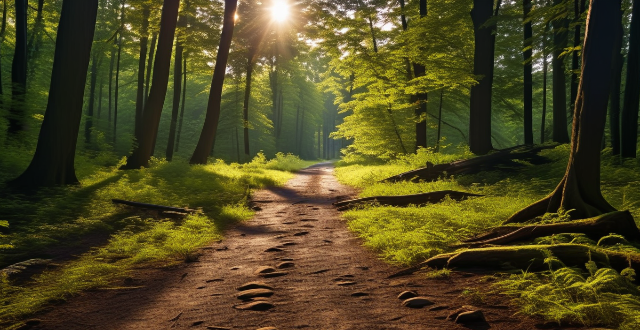
Can you recommend some hidden gems for photography enthusiasts ?
The article provides a list of hidden gems for photography enthusiasts, including abandoned places, natural wonders off the beaten path, cultural treasures, urban exploration, and industrial sites. Each category offers unique and lesser-known locations to capture stunning images.

What are the benefits of urban greening projects ?
Urban greening projects offer a multitude of benefits including improved air quality, climate regulation, water management, enhanced aesthetics and livability, mental and physical health improvements, community building, habitat creation and preservation, food production, job creation, energy conservation, and tourism attraction. These initiatives aim to increase the amount of greenery in cities, such as parks, gardens, green roofs, walls, street trees, and other forms of urban forestry. The advantages of urban greening are multifaceted and contribute significantly to the improvement of urban environments for both residents and wildlife.
![What are the best photography locations in [insert country/region] ?](/imgs/2f8b31ee-f62a-46e3-8828-37a4af062f9b.png)
What are the best photography locations in [insert country/region] ?
The text provides a comprehensive guide to the best photography locations in a specified country or region. It is divided into three main categories: Natural Wonders, Cultural Landmarks, and Scenic Viewpoints. Within each category, specific locations are suggested based on their unique features and photographic potential. Under Natural Wonders, Mountain Ranges, Waterfalls, and Coastal Landscapes are discussed with specific examples given for each type of landscape. Cultural Landmarks include Historic Buildings and Museums and Art Galleries, highlighting architectural beauty and artistic expression respectively. Lastly, Scenic Viewpoints cover Lookout Points and Parks and Gardens, showcasing panoramic views and natural beauty. The guide emphasizes the variety of photographic opportunities available in the specified location, encouraging photographers of all styles and preferences to explore and capture the essence of the place through their lenses.
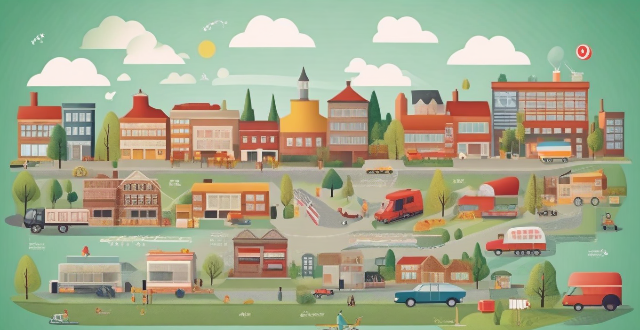
How can urban planning and design contribute to enhancing urban food security under changing climatic conditions ?
The text discusses the importance of urban planning and design in enhancing food security in cities, especially under changing climatic conditions. It outlines key strategies such as promoting urban agriculture, sustainable land use planning, improving access to healthy food options, supporting local food production and consumption, and fostering innovation and collaboration. These strategies aim to create resilient and self-sufficient urban environments that can adapt to climate change while ensuring food security for all residents.

What safety precautions should I take when cycling on urban routes ?
Cycling in urban areas can be a fun and efficient way to get around, but it's important to prioritize safety. Here are some key precautions to take when cycling on urban routes: 1. Wear a Helmet 2. Use Proper Lighting 3. Follow Traffic Laws 4. Be Predictable 5. Stay Alert 6. Choose the Right Route 7. Wear Reflective Clothing 8. Keep Your Bike Maintained
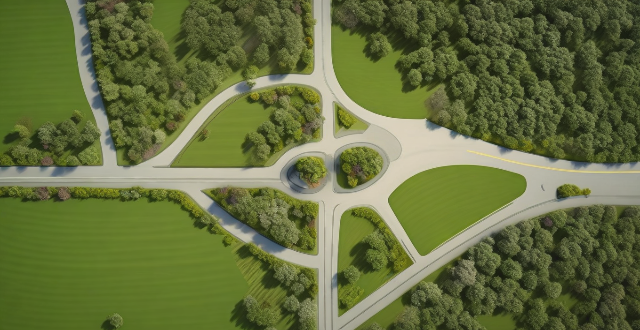
How can ecological protection areas be used as models for urban and peri-urban green spaces ?
Ecological protection areas serve as models for urban and peri-urban green spaces by emphasizing biodiversity, habitat preservation, and educational opportunities. Urban planners can apply EPA principles in designing green spaces that use native plants, natural landscapes, and green infrastructure to mimic ecological diversity. These areas should also promote biodiversity through wildlife corridors and nesting sites, engage communities with educational signage and programs, and foster partnerships with schools.
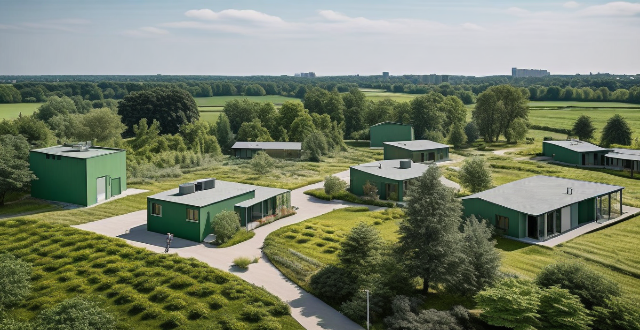
What are the economic benefits associated with urban green spaces ?
Urban green spaces provide economic benefits to cities, including increased property values, reduced air pollution, and enhanced tourism. These spaces improve the living environment, leading to higher home and rental prices, increased tax revenue, and healthcare cost savings. Additionally, they attract tourists, boosting the local economy through job creation and multiplier effects. Investing in urban green spaces is beneficial for both the environment and city prosperity.

How does urban vegetation impact air pollution levels ?
Urban vegetation, including trees, shrubs, and grasses in urban areas, plays a crucial role in mitigating air pollution. It improves air quality by reducing pollutants such as carbon dioxide (CO2), nitrogen oxides (NOx), and particulate matter (PM). Plants absorb CO2 from the atmosphere during photosynthesis, which helps to reduce the concentration of this primary greenhouse gas contributing to global warming. Trees also store carbon in their biomass, effectively removing it from the atmosphere through a process known as carbon sequestration. The large leaf surface area of urban vegetation helps to capture and reduce nitrogen oxides (NOx) in the air. When NOx comes into contact with plant leaves, it reacts with the stomata to form nitrates, which are then absorbed by the plant. Soil microorganisms play a vital role in breaking down organic matter and converting it into nutrients that plants can use. These microorganisms also help to reduce NOx levels by converting them into harmless compounds such as nitrogen gas. Urban vegetation can trap particulate matter (PM) through its leaves and bark, preventing it from being inhaled by humans and animals. This helps to reduce the health risks associated with PM exposure, such as respiratory problems and cardiovascular diseases. Trees act as wind breaks, reducing wind speed and preventing PM from becoming airborne, which helps to keep PM levels low in urban areas and improve overall air quality. In conclusion, promoting urban green spaces and encouraging the planting of more trees and shrubs in cities is essential to mitigate the negative effects of air pollution.
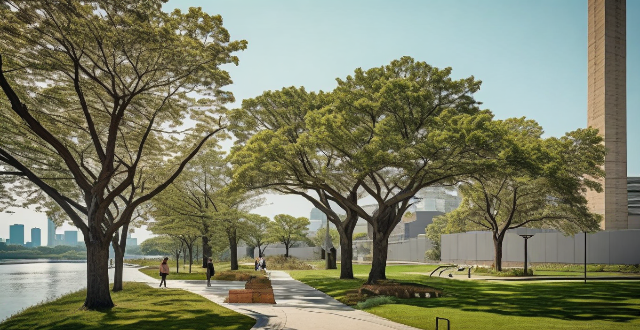
What is the importance of tree cover in urban areas ?
The text discusses the importance of tree cover in urban areas for environmental, social, and economic benefits. It highlights the role of trees in improving air quality, regulating climate, managing water, enhancing aesthetic value, building communities, reducing noise pollution, increasing property values, conserving energy, and attracting tourism. The text also suggests ways to promote tree cover in urban areas through planting initiatives, maintenance and protection, and education and awareness campaigns.

How do urban greening projects affect biodiversity in cities ?
Urban greening projects, which aim to increase the amount of vegetation within cities, can have significant effects on urban biodiversity. These projects typically involve planting trees, creating parks and green spaces, and restoring natural habitats. Here are some ways in which these initiatives can influence the variety of species living in urban areas: - Increased Habitat Availability: By adding more greenery, urban greening provides additional habitats for a wide range of organisms. This includes plants, insects, birds, and small mammals that can thrive in these newly created environments. - Mitigation of Urban Heat Islands: Vegetation helps reduce the urban heat island effect by providing shade and releasing water through transpiration, creating cooler microclimates that are more suitable for certain species. - Enhanced Food Sources: Flowering plants attract pollinators like bees and butterflies, supporting their populations and contributing to the health of the overall ecosystem. - Increased Water Quality and Availability: Green roofs and rain gardens help manage stormwater runoff, reducing pollution and providing water sources for urban wildlife. - Promotion of Biodiversity through Education and Awareness: Parks and green spaces serve as outdoor classrooms, offering opportunities for education about ecology and conservation. While urban greening projects offer numerous benefits for biodiversity, they also present challenges such as potential introduction of invasive species, maintenance requirements, and resource allocation trade-offs with other land uses.
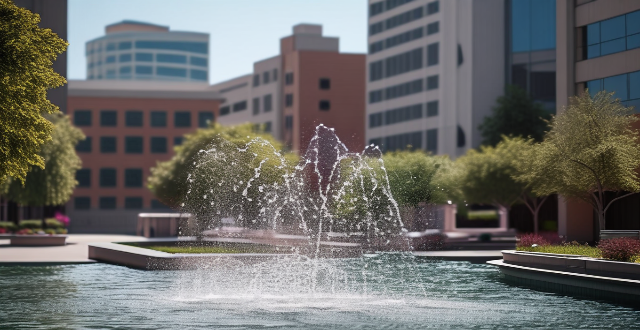
How can urban areas improve their water use efficiency and conservation efforts ?
Improving water use efficiency and conservation in urban areas requires a multifaceted approach involving technological innovations, infrastructure upgrades, public awareness campaigns, regulatory policies, and research initiatives. By implementing these strategies, urban areas can significantly reduce their overall water consumption while ensuring sustainable access to clean water for all residents.
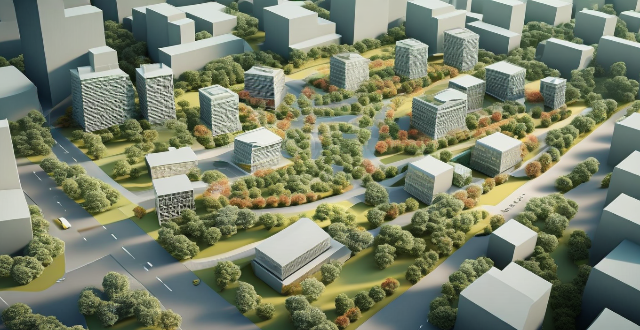
How can we prevent flooding in urban areas ?
Flooding in urban areas is a pressing issue that calls for multifaceted solutions. The strategies include enhancing infrastructure resilience through green infrastructure development, improved drainage systems, and structural flood protection measures. Risk management and early warning systems are also crucial, encompassing risk assessment, community participation, hydrological monitoring, weather forecasting technology, and public alert systems. Emergency response plans involving evacuation routes, temporary shelters, and rescue services coordination further strengthen the overall approach. A combination of structural and non-structural strategies is recommended for effective adaptation to rising flood risks. Urban planners, engineers, and policymakers must collaborate to create cities that are resilient, safe, and capable of handling climate change's uncertainties.
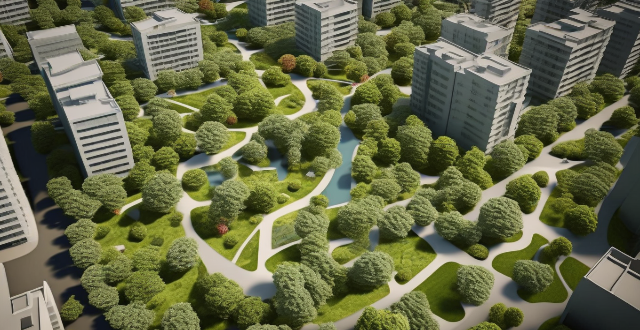
How can urban green spaces improve residents' quality of life ?
Urban green spaces, including parks and community gardens, play a key role in enhancing the quality of life for city residents by providing physical, mental, social, and environmental benefits. Physical health is improved through increased physical activity, better air quality, and mitigation of the heat island effect. Mental health benefits include stress reduction, enhanced mood, and improved cognitive function. Social well-being is boosted through community building, recreational opportunities, and educational value. Environmentally, urban green spaces contribute to biodiversity conservation, water management, and carbon sequestration. These areas are essential for comprehensive wellness in urban environments and should be a focus in future city planning.

How do urban greening projects influence city temperatures and heat islands ?
Urban greening projects, such as planting trees and creating parks, can help reduce city temperatures and mitigate the effects of urban heat islands. These projects provide shade, reduce heat absorption by buildings and roads, and promote evapotranspiration, all of which contribute to cooler city environments. By increasing vegetation in cities, urban greening initiatives can also help reduce the intensity of urban heat islands, making cities more comfortable for residents. As our world continues to urbanize, prioritizing urban greening initiatives is essential for creating healthier and more sustainable cities for future generations.
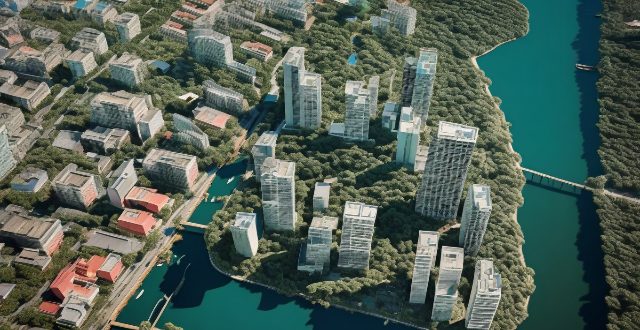
How do climate adaptation strategies differ between rural and urban areas ?
Climate adaptation strategies differ between rural and urban areas due to infrastructure, resources, community needs, and environmental impacts. Urban areas often have advanced technology and diverse stakeholders involved in adaptation planning, while rural areas rely more on local knowledge and community-based initiatives. Funding and resources are also key factors, with urban areas having better access to funding for large-scale projects and a diversified economy to support climate adaptation measures. In contrast, rural areas may have limited financial resources and dependence on agriculture, making them vulnerable to climate impacts. Community participation is crucial in both settings, but urban areas may have more platforms for participatory planning and decision-making processes, while rural areas benefit from strong community cohesion and collective action. Environmental impact considerations also vary, with urban areas facing challenges like the heat island effect and air pollution, while rural areas focus on natural resource management and watershed protection.

Can the promotion of sports activities help in reducing urban poverty ?
Promoting sports activities can contribute to reducing urban poverty by improving health, providing educational opportunities, promoting social cohesion, and creating economic opportunities. However, it is important to recognize that sports activities alone cannot solve all aspects of urban poverty and should be part of a broader strategy to address this complex issue.

What is the role of sports in enhancing urban social cohesion ?
Sports play a significant role in enhancing urban social cohesion by promoting community engagement, fostering a sense of belonging, and providing opportunities for individuals to come together and share common experiences. Sports events and activities provide a platform for residents to gather, interact, and participate in their local community, leading to increased social interaction, as well as a greater sense of ownership and pride in one's neighborhood. Sports teams and clubs can create a strong sense of identity and loyalty among their members, which extends beyond the playing field and into everyday life. Finally, sports provide numerous opportunities for individuals to come together and share common experiences, helping bridge divides between different groups within urban communities.
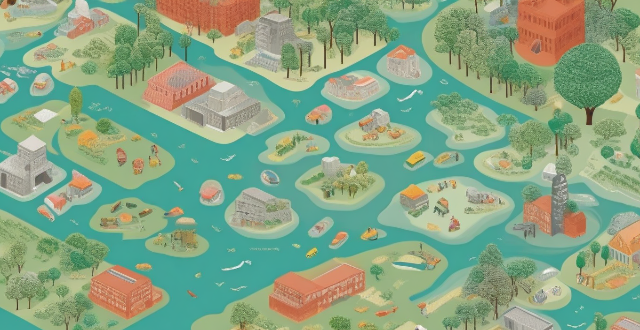
How does climate change influence the movement of people from rural to urban areas ?
Climate change significantly impacts human migration patterns, particularly the movement from rural to urban areas. This trend is influenced by direct effects like extreme weather events and changes in agricultural conditions, as well as indirect factors such as economic downturns in rural sectors and social considerations. To reduce rural-to-urban migration driven by climate change, adaptation strategies are needed to enhance resilience in rural areas through sustainable agriculture practices, infrastructure development, economic diversification, and community support programs.

How can pedestrian and cyclist safety be improved in urban areas ?
Improving the safety of pedestrians and cyclists in urban areas is crucial due to high traffic volume. A multifaceted approach involving infrastructure changes, legislation, education, and technology can enhance their safety. Infrastructure improvements include dedicated paths and lanes, safety features like crosswalks and signals, and clear signage and road markings. Legislation and enforcement involve traffic laws, speed limits, bike helmet laws, ticketing, and awareness campaigns. Education and awareness focus on public campaigns, school programs, teaching traffic rules, and bike safety courses. Technology and innovation encompass smart infrastructure, traffic sensors, interactive crossings, wearable technology, and app-based safety tools. Community involvement includes local advocacy groups, community watch programs, public surveys, and town hall meetings. Implementing these measures can make urban areas safer for pedestrians and cyclists, enhancing the quality of life and sustainability of city living.
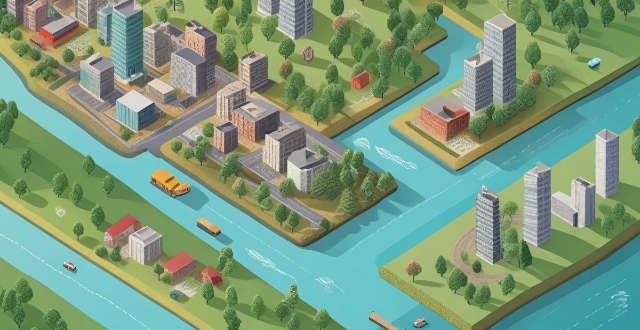
How do changes in precipitation patterns influence urban drainage and water management systems ?
Changes in precipitation patterns, often linked to climate change, have significant implications for urban drainage and water management systems. These alterations can lead to increased frequency and intensity of storm events, which places a strain on existing infrastructure and necessitates adaptation strategies. Key considerations include increased storm intensity and frequency, the urban heat island effect, runoff management, water quality concerns, and ecosystem impacts. Strategies for adaptation include green infrastructure, rainwater harvesting, decentralized water management, stormwater regulations, integrated water resource management, smart technology, community engagement, and sustainable drainage systems. The shifts in precipitation patterns demand a comprehensive approach to urban drainage and water management that emphasizes resiliency, sustainability, and adaptability. By integrating innovative technologies, green infrastructure, and community participation, cities can better cope with these changes and safeguard their environments and populations from the adverse effects of extreme weather events.
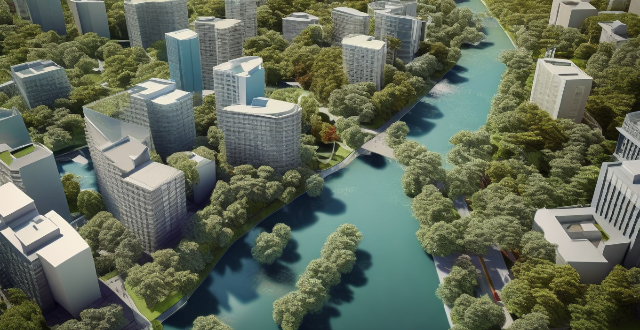
What is the significance of green infrastructure in managing urban runoff and improving water quality ?
Green infrastructure (GI) is a sustainable approach that uses natural processes to manage stormwater, reduce pollution, and enhance the overall health of urban ecosystems. It plays a crucial role in managing urban runoff and improving water quality. Some benefits of GI include reducing stormwater runoff, improving water quality, enhancing habitat and biodiversity, and mitigating climate change impacts. To effectively implement green infrastructure in urban areas, factors such as site selection, design considerations, and maintenance and management should be considered. Proper maintenance and management are essential for ensuring the long-term success of green infrastructure projects. By implementing effective green infrastructure practices, cities can create healthier, more resilient environments for both people and wildlife.